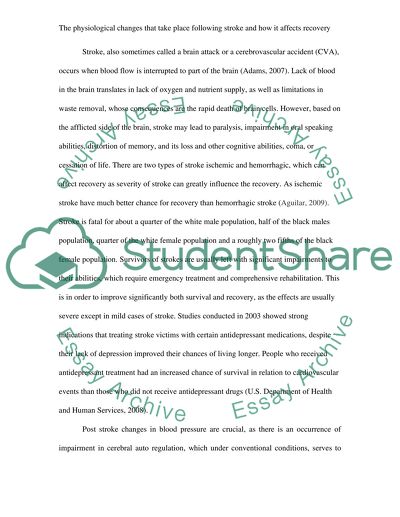Cite this document
(“Stroke Essay Example | Topics and Well Written Essays - 1250 words”, n.d.)
Retrieved from https://studentshare.org/health-sciences-medicine/1473121-stroke
Retrieved from https://studentshare.org/health-sciences-medicine/1473121-stroke
(Stroke Essay Example | Topics and Well Written Essays - 1250 Words)
https://studentshare.org/health-sciences-medicine/1473121-stroke.
https://studentshare.org/health-sciences-medicine/1473121-stroke.
“Stroke Essay Example | Topics and Well Written Essays - 1250 Words”, n.d. https://studentshare.org/health-sciences-medicine/1473121-stroke.


